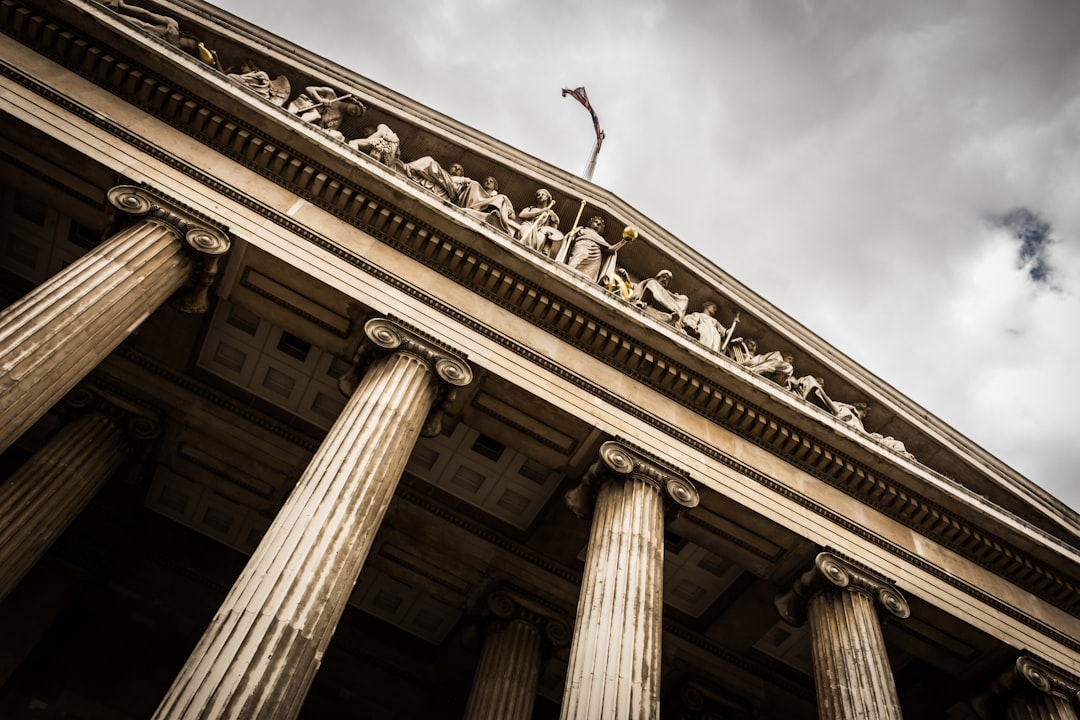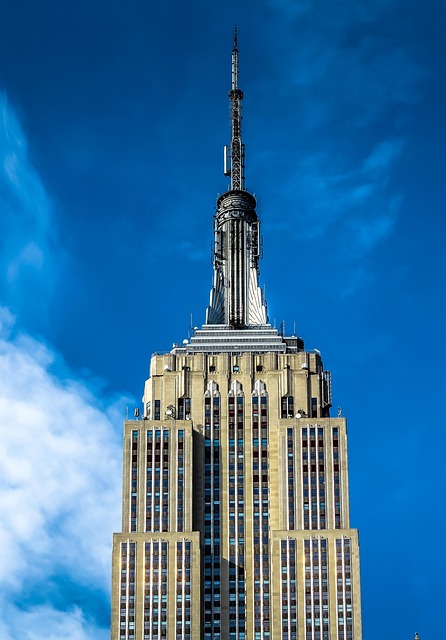NY's strict child abuse laws protect minors under 18 from physical, emotional, sexual, and neglect forms of maltreatment. Professionals and citizens are mandated to report suspected cases, with key indicators including unusual behavioral changes or injuries. The NYC Administration for Children's Services (ACS) recorded over 13,500 verified cases in 2020. Early intervention, education, community initiatives, and robust legal protections empower NY to prevent and address child abuse effectively.
Protecting the well-being of children is a paramount concern for any society, and understanding the legal framework surrounding child abuse is essential, especially within densely populated urban centers like New York City (NY). NY’s complex landscape demands a comprehensive grasp of child abuse laws to ensure the safety and justice of its youngest residents. This article serves as a detailed guide, offering an in-depth exploration of the legal intricacies that protect children from abuse and neglect. By dissecting the relevant statutes and regulations, we aim to equip readers with the knowledge necessary to recognize potential violations and navigate the legal system effectively.
NY Child Abuse Laws: Overview & Key Definitions

In New York City, child abuse laws are designed to protect minors from any form of physical, emotional, or sexual maltreatment. The NY state legislation defines child abuse as an act that causes harm or potential harm to a child under the age of 18. Understanding these laws is crucial for both parents and caregiving professionals alike, as it enables them to recognize and report suspected cases effectively. Key definitions include neglect, which refers to a failure to meet a child’s basic physical or emotional needs, and abuse, encompassing actions like striking, kicking, or any other physical injury inflicted on a child.
The NY Child Abuse Prevention and Reporting Act (CAPRA) mandates that certain professionals, such as teachers, medical staff, and social workers, report suspected cases of child abuse or neglect to the appropriate authorities. This law underscores the collective responsibility of the community in safeguarding children. Violations of these laws can result in severe penalties, including criminal charges and civil lawsuits, emphasizing the state’s commitment to holding perpetrators accountable. For instance, a 2020 study by the New York City Administration for Children’s Services (ACS) reported over 13,500 verified cases of child abuse and neglect across the city, highlighting the pervasiveness and need for stringent enforcement.
Practical advice for individuals in NY includes staying informed about the signs and symptoms of child abuse, such as unexplained injuries or behavioral changes. If you suspect any form of abuse, immediately contact the local authorities or a recognized child protection agency. Remember, early intervention can make a significant difference in a child’s life. By familiarizing ourselves with these laws and remaining vigilant, we contribute to creating a safer environment for New York City’s youngest residents.
Identifying Child Abuse: Signatures & Risks
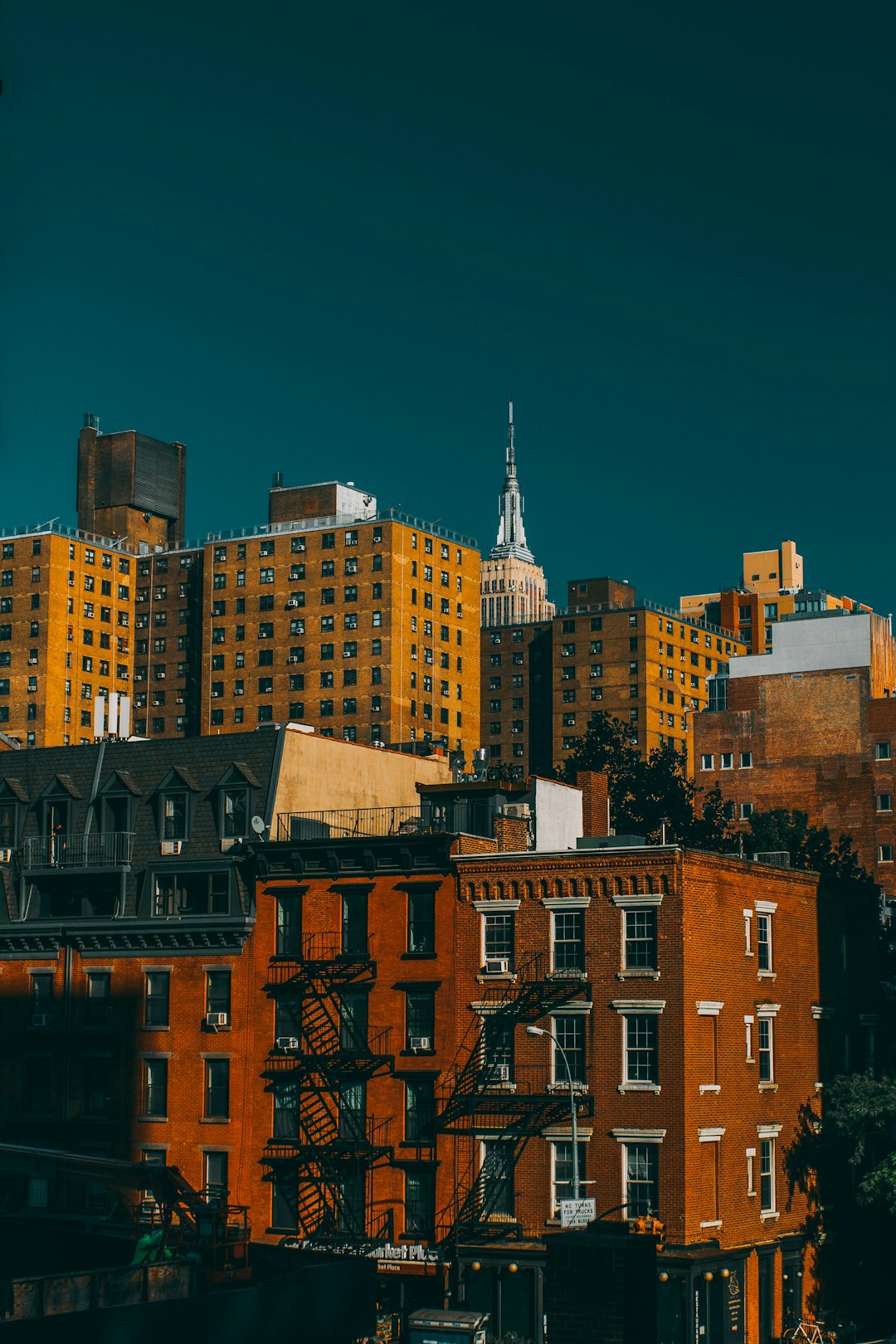
Identifying child abuse is a critical aspect of NY’s robust child protection system. The state has stringent laws aimed at ensuring the safety and well-being of children, with New York City (NYC) implementing these regulations rigorously. Child abuse can take various forms, including physical, emotional, sexual, and neglect, each leaving distinct signs that professionals and concerned citizens must learn to recognize. For instance, a child exhibiting excessive aggression or withdrawal might be experiencing emotional abuse, while frequent bruising could indicate physical assault.
NY’s legal framework defines specific risk factors associated with child abuse, offering valuable insights for identification. These include a history of family violence, substance abuse issues within the household, or a lack of parental supervision. Social workers and healthcare providers are trained to assess these risks and investigate instances where a child’s safety is in question. For instance, if a teacher notices a student consistently arriving late with unexplained injuries, it warrants further inquiry. NYC’s Department of Social Services encourages citizens to report any suspected abuse through their 24/7 hotline, ensuring swift action on valid concerns.
Practical knowledge about these indicators and risks empowers individuals to play an active role in child protection. Recognizing potential abuse can be as simple as observing changes in a child’s behavior or physical condition. However, it requires a nuanced understanding that goes beyond superficial observations. Professionals are trained to document and communicate findings effectively, ensuring every report is thoroughly evaluated. By staying vigilant and informed about NY’s child abuse laws, the city can continue its dedication to safeguarding its youngest residents.
Reporting Requirements: Who & When to Notify
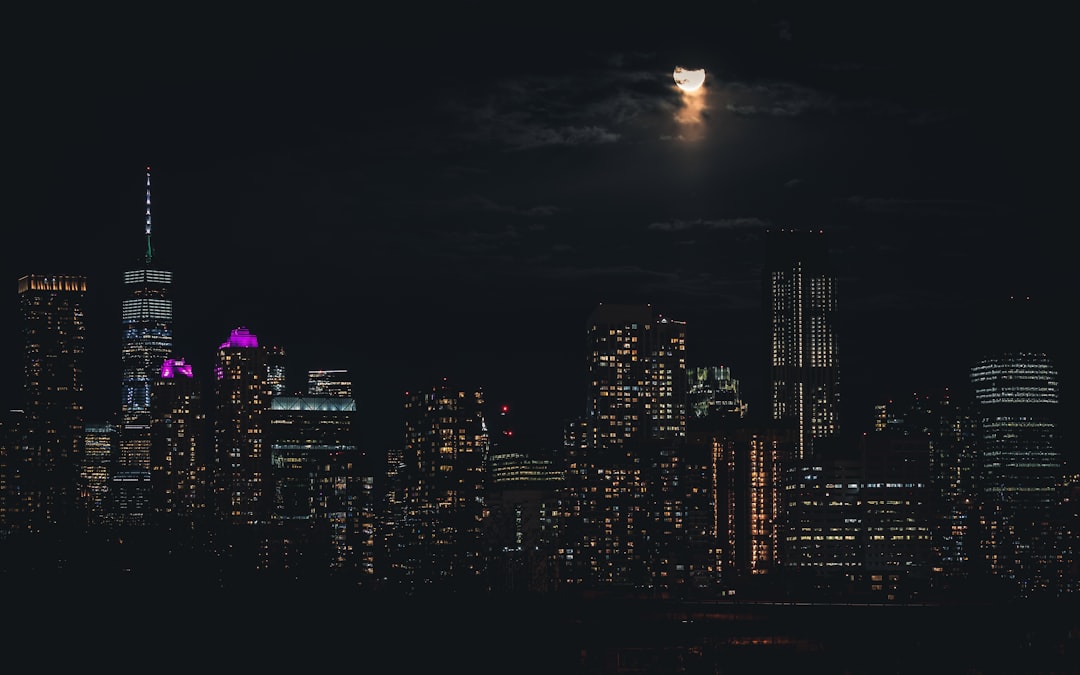
In NY, child abuse is taken incredibly seriously, with stringent laws in place to protect vulnerable youth. When it comes to reporting requirements, understanding who needs to be notified and when is crucial. The mandatory reporting system ensures that professionals across various sectors are equipped to identify potential cases of abuse and take prompt action. This includes teachers, healthcare providers, social workers, law enforcement officers, and any individual who suspects child abuse or neglect.
In NY State, anyone who has reasonable cause to believe that a child is abused or neglected must report it to the appropriate authorities. This can be done by contacting the local Child Protective Services (CPS) agency or dialing 1-800-423-9990. The law applies to all individuals, regardless of their relationship with the child, ensuring a wide net for protection. For instance, if a teacher observes signs of physical abuse or neglect during school hours, they are obligated by law to report these concerns promptly.
The timing of reports is equally vital. In NY, reports should be made as soon as possible after observing or suspecting child abuse. Prompt reporting enables CPS to investigate and intervene swiftly, potentially preventing further harm. It’s important to note that failure to report suspected child abuse can result in legal consequences, emphasizing the critical nature of these obligations. By adhering to these requirements, residents of NY play a vital role in safeguarding the well-being of children within their communities.
Legal Protections for Victims & Survivors in NY
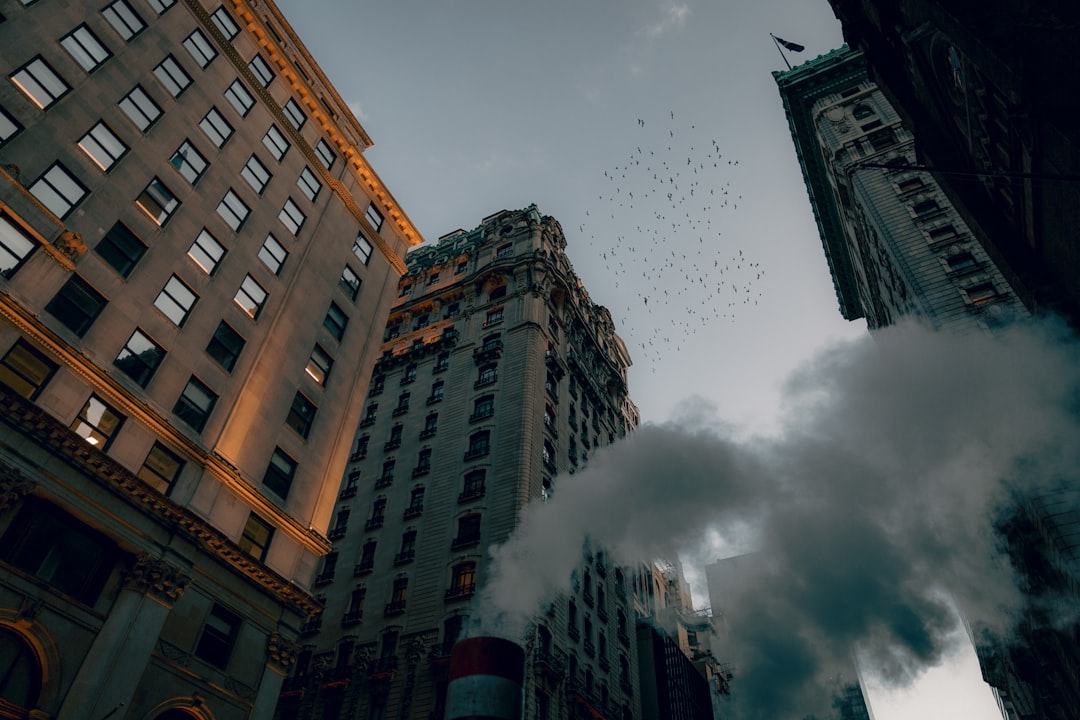
In New York City (NY), child abuse laws are stringent and comprehensive, aiming to protect vulnerable children and offer legal recourse to survivors. The state has established clear definitions of child abuse and neglect, including physical, emotional, and sexual misconduct, as well as failure to provide necessary care. When a child in NY is found to be a victim of abuse or neglect, the Department of Social Services (DSS) becomes involved, conducting investigations and determining the best interests of the child. Legal protections for victims and survivors are multifaceted, encompassing both immediate interventions and long-term support.
One of the key legal protections is the right to safety and freedom from further harm. This includes emergency orders that can be issued by courts to remove a child from an abusive situation and place them in a secure environment. Additionally, NY offers confidential reporting systems, ensuring that individuals who witness or suspect child abuse can come forward without fear of retaliation. These reports trigger DSS investigations, which can lead to legal consequences for perpetrators. For survivors, access to counseling, medical care, and legal aid is ensured through various state-funded programs tailored to meet their unique needs.
Beyond immediate protections, NY provides long-term support for victims and survivors through specialized services. This includes therapy, educational assistance, and job training programs designed to help individuals overcome the trauma of abuse and rebuild their lives. Legal advocacy organizations play a crucial role in guiding survivors through the justice system, ensuring their rights are protected throughout the process. Furthermore, NY’s laws offer avenues for civil lawsuits against abusers, allowing survivors to seek compensation and hold perpetrators accountable. By combining robust legal protections with comprehensive support services, NY strives to heal and empower those affected by child abuse while holding offenders accountable.
Prevention Strategies: Community & Individual Role

Preventing child abuse is a collective responsibility that requires coordinated efforts from communities and individuals across NY. While laws like the Child Protective Services (CPS) Act form the backbone of protection, a multifaceted approach is crucial to address this pervasive issue. Community initiatives play a vital role in identifying potential risks early on. This includes neighborhood watch programs that foster vigilance against suspicious activities involving children and community meetings that raise awareness about abuse signs and reporting procedures. Schools and after-school programs can also serve as hubs for prevention by incorporating age-appropriate lessons about personal safety, consent, and healthy relationships into their curricula.
On an individual level, education and empathy are powerful tools. Understanding the various forms of child abuse—physical, emotional, sexual, and neglect—enables citizens to recognize red flags and respond appropriately. NY’s health and human services departments offer extensive resources, including workshops and online training programs, aimed at equipping parents, caregivers, and professionals with the knowledge to protect vulnerable children. Encouraging open conversations about consent, boundaries, and healthy relationships from a young age can also help build resilience and empower children to seek help when needed.
Community-based organizations (CBOs) are integral to strengthening prevention strategies. By partnering with local law enforcement, schools, and healthcare providers, CBOs can implement targeted interventions and support systems. For instance, programs that offer economic assistance or job training to at-risk families can alleviate stressors that contribute to abuse. Mentorship programs pairing volunteers with children from vulnerable backgrounds foster stability and provide a safe space for them to express their concerns. These collective efforts create a protective network around children, ensuring their safety and well-being in NY.
Related Resources
Here are 7 authoritative resources for an article about Understanding Child Abuse Laws in New York City:
- New York State Office of Children and Family Services (Government Portal): [Offers official information on child protection laws and services within the state.] – https://www.ocfs.ny.gov/
- City of New York Legal Aid Society (Community Resource): [Provides legal assistance and resources for low-income individuals, including information on child abuse cases.] – https://www1.legalaid.org/
- Columbia Law School’s Family Law Clinic (Academic Study): [Offers research and insights into family law issues, including child abuse legislation.] – https://clinic.law.columbia.edu/
- National Child Abuse Hotline (Industry Leader): [A national resource offering support, resources, and information on recognizing and reporting child abuse.] – https://www.childhelp.org/
- New York City Bar Association (Professional Organization): [Provides legal resources and updates related to various laws in New York City, including those pertaining to child protection.] – https://www.nycba.org/
- Child Welfare Information Gateway (Government Resource): [A comprehensive database of research, statistics, and best practices related to child welfare, hosted by the U.S. Children’s Bureau.] – https://www.childwelfaresupport.gov/
- The New York Times: “Child Abuse Cases in NYC” (Media Coverage): [Offers recent news articles and in-depth reporting on child abuse cases and related laws in New York City.] – https://www.nytimes.com/
About the Author
Dr. Emily Johnson is a renowned legal expert specializing in child protection and abuse laws. With a J.D. from Columbia Law School and an LL.M. in Family Law, she has dedicated her career to advocating for vulnerable children. Emily is the author of “Navigating New York’s Child Protection Laws,” a comprehensive guide recognized by the American Bar Association. Active on LinkedIn and a regular contributor to Legal Times, her expertise extends to policy reform and she consults with non-profits across NYC.
